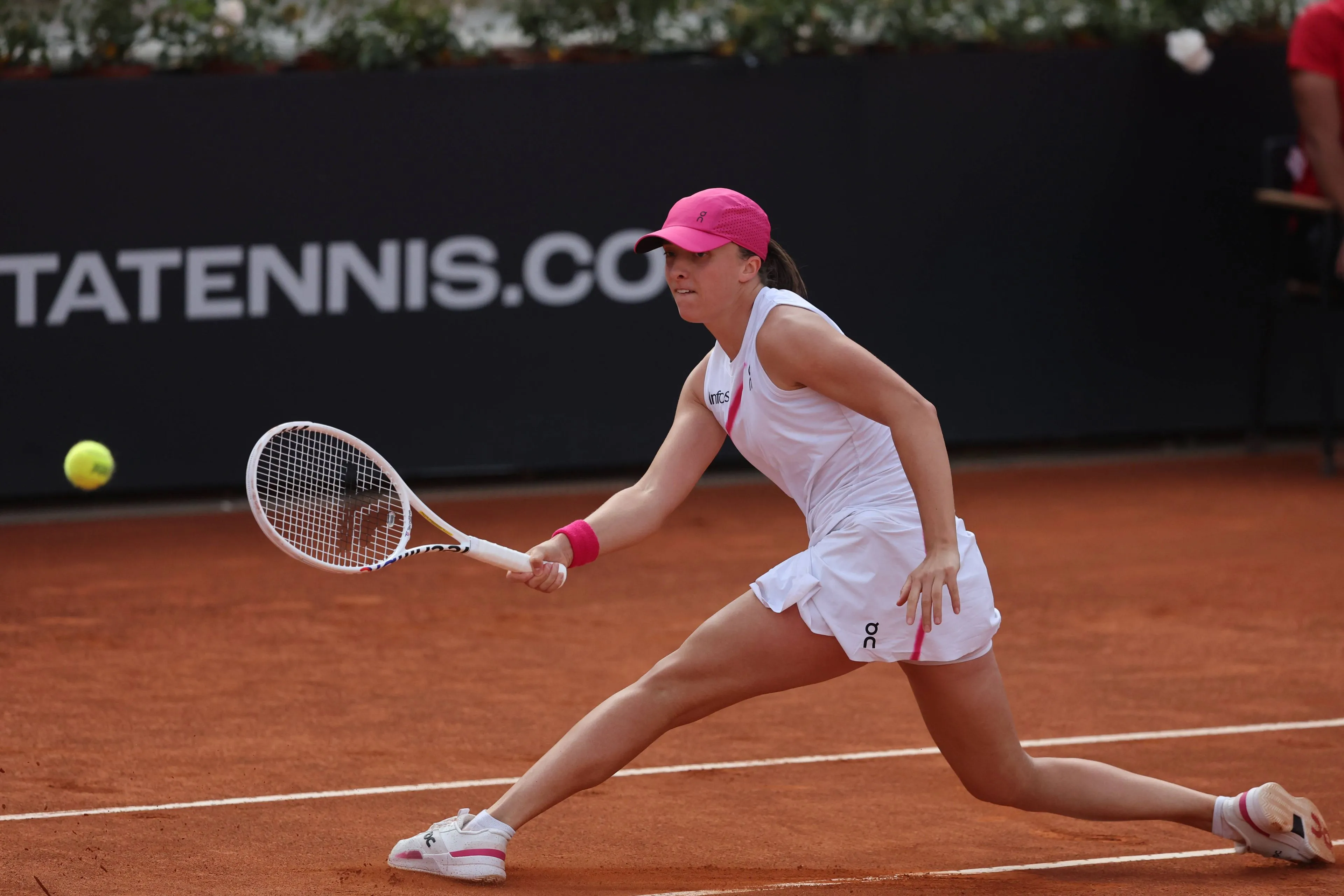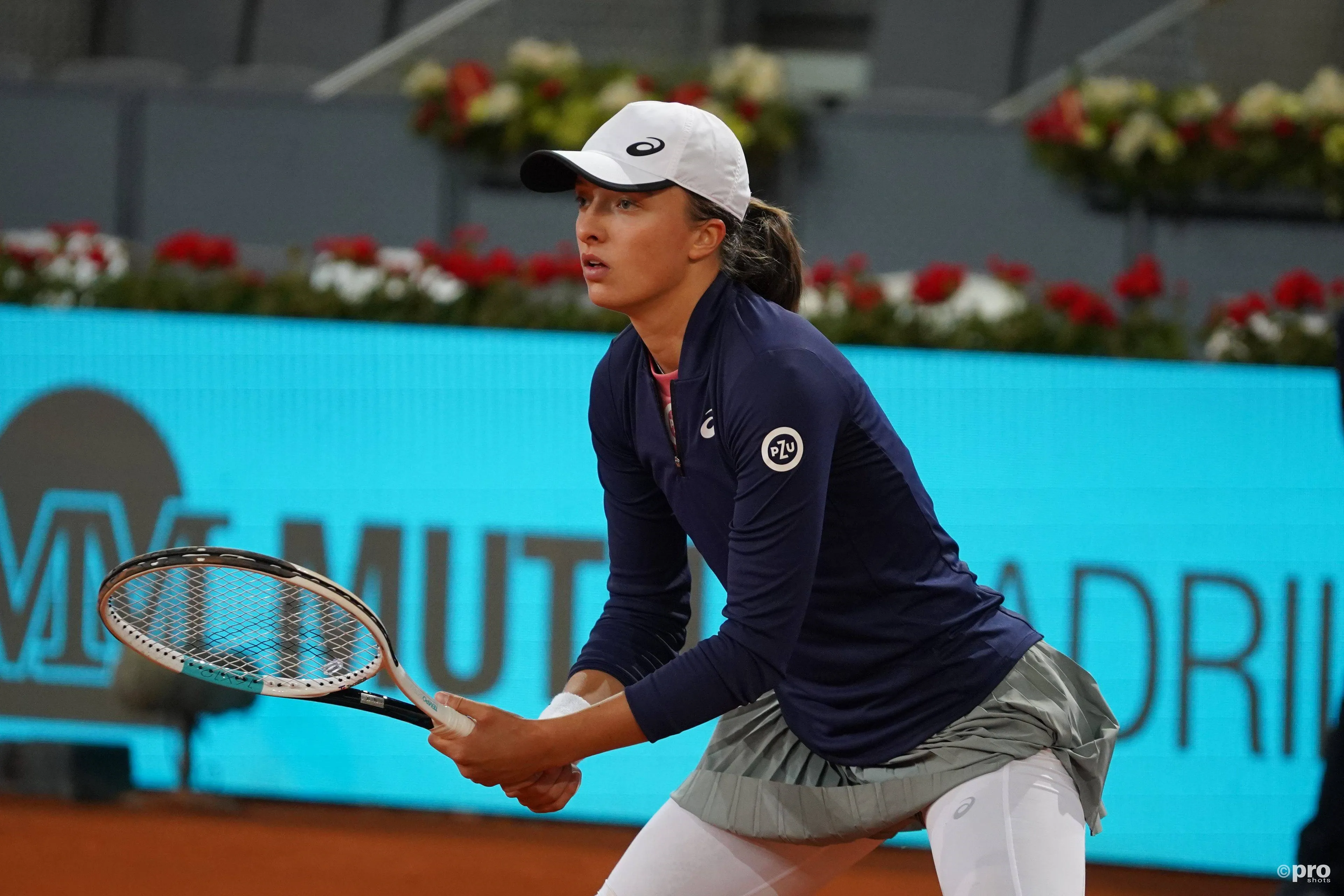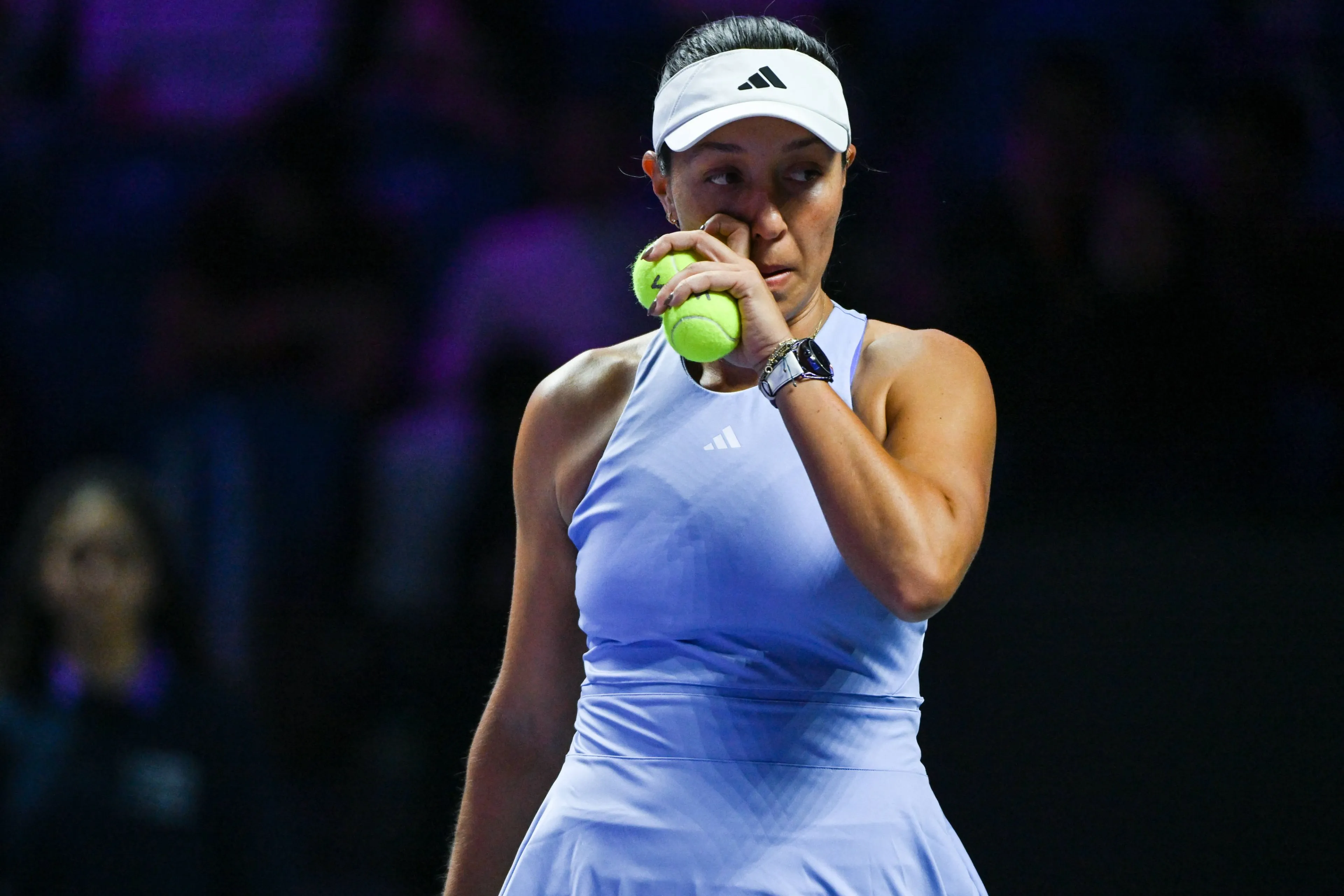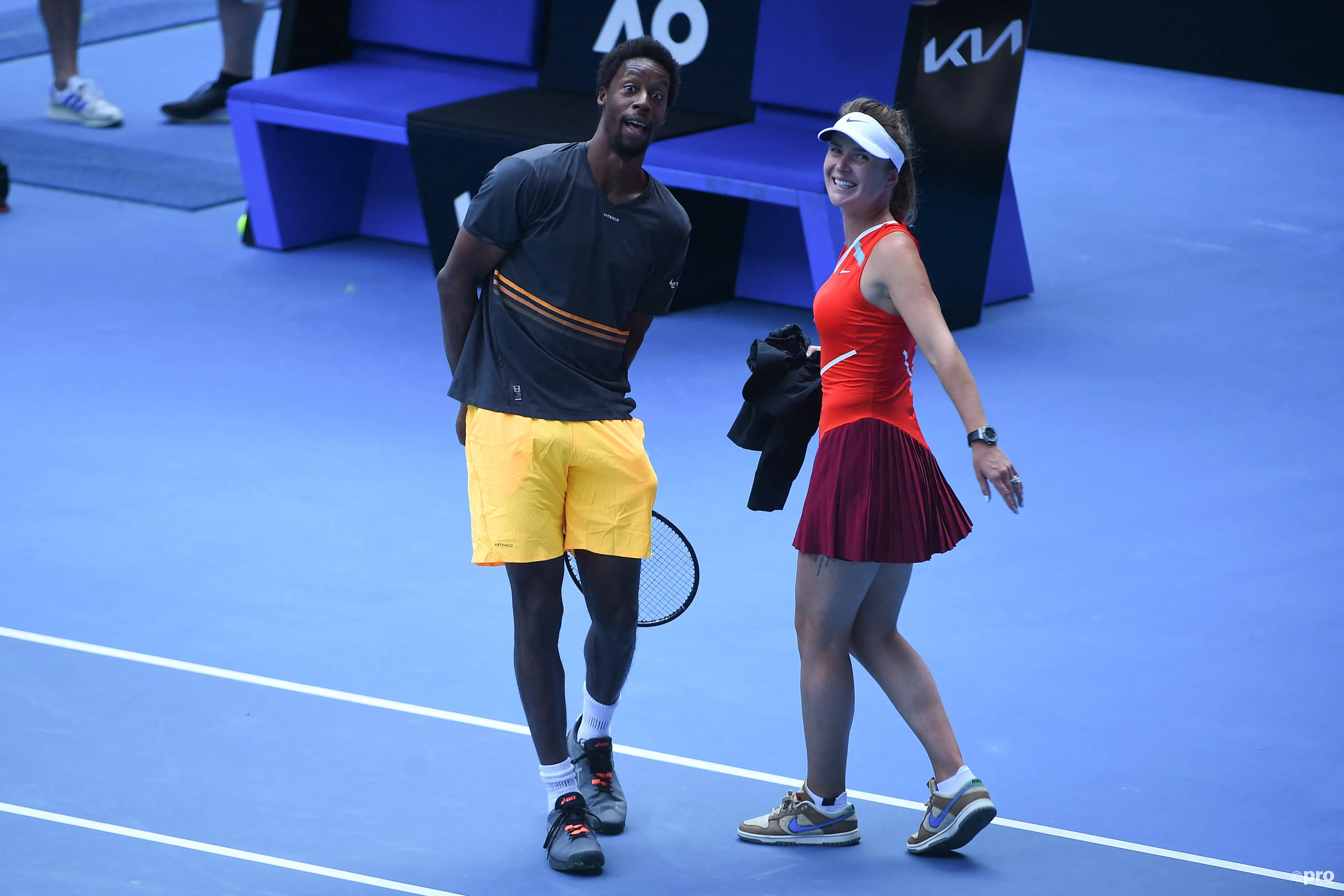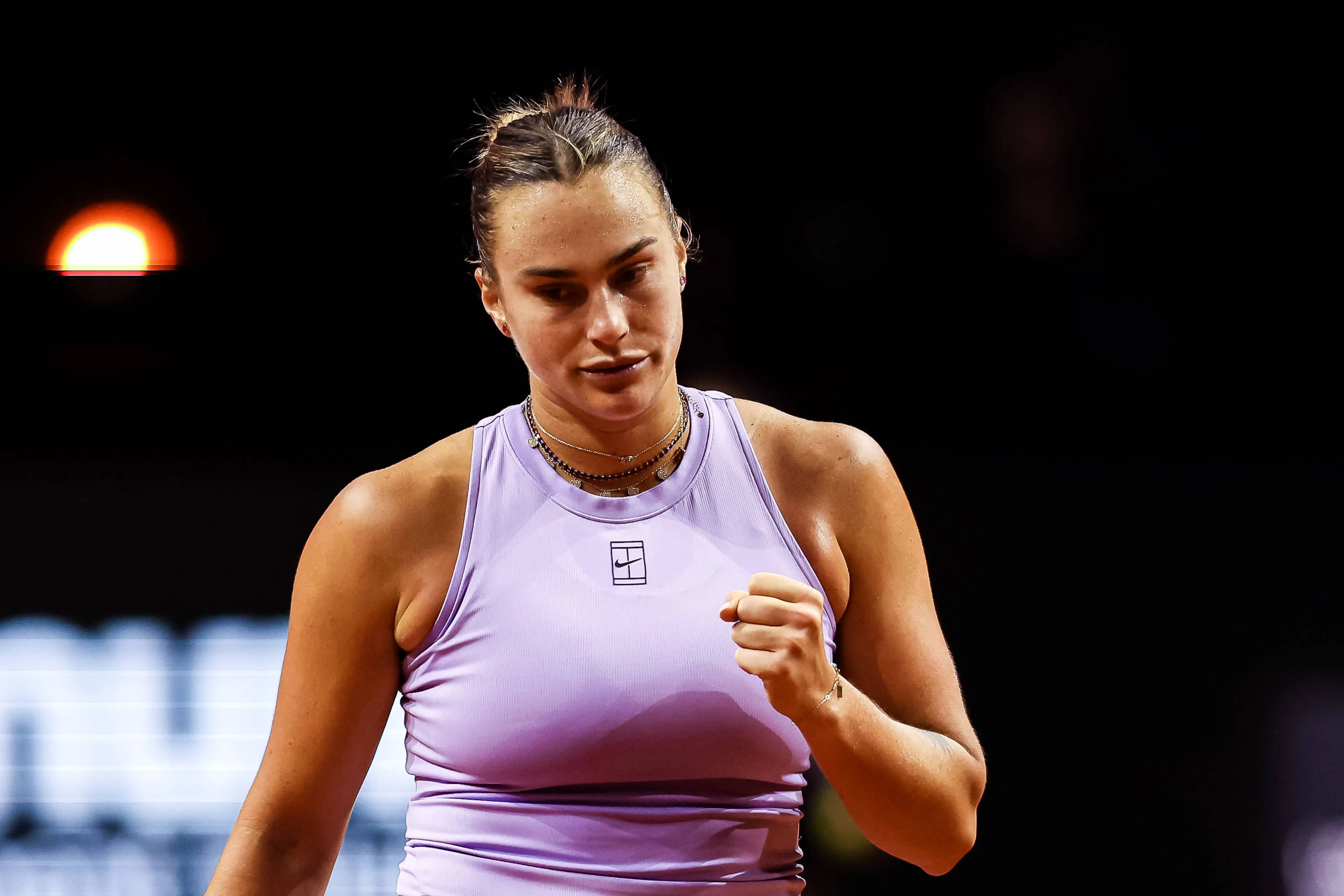Sloane Stephens backs Alcaraz and Swiatek in criticism of ATP and WTA Calendar
WTAMonday, 28 October 2024 at 01:30
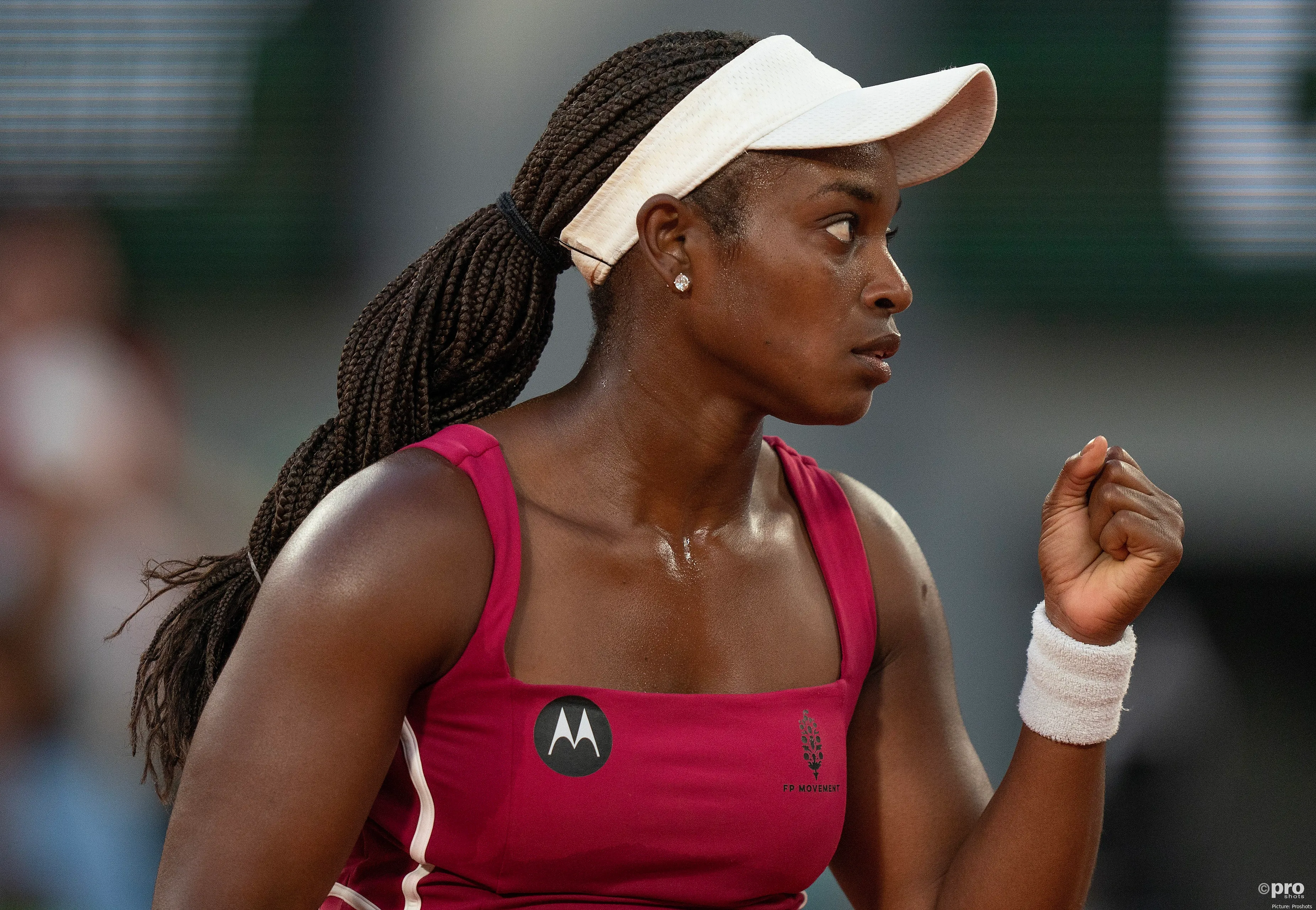
The 2017 US
Open champion Sloane Stephens supports Carlos Alcaraz and Iga Swiatek, joining
in the criticism of the ATP and WTA calendar. Over the past year, this issue
has gained traction as top players from both Tours have voiced concerns about
the schedule’s impact on injuries.
One
significant change in recent years has been extending WTA 1000 and Masters 1000
tournaments to two weeks. Tournaments like the Rome Open, Madrid, Cincinnati
Open, and Canadian Open will now last two weeks, unlike the classic one-week
format. However, Indian Wells and the Miami Open have traditionally hosted
larger draws for some time.
Sloane Stephens joins stars in calling for Changes
The recent
ATP calendar update for 2025 shows 7 out of the 9 Masters 1000 events will now
run for two weeks, with draws expanding to 96 players. Only the Monte-Carlo
Masters and Paris Masters will remain one-week events, while the others will be
extended. For the WTA, seven of the ten WTA 1000 events, including Beijing,
Cincinnati, and Canada, will be held over two weeks.
Read also
Iga Swiatek
and Carlos Alcaraz have been vocal critics of these changes, and now another
Grand Slam champion has joined them. Former World No. 3 Sloane Stephens shared
her thoughts on Caroline Garcia’s podcast Tennis Insider Club,
discussing the injury risks posed by the demanding calendar. “I never pushed
myself to be like ‘I am going to stick it out for another three weeks just
because I need my ranking.’ I feel like a lot of players just do that in
general,” she said.
“You are
just there because you don’t want to pay the fine, or you’re supposed to be;
you entered the tournament, and you don’t want to have any more withdrawals.
You’re present, but mentally you’re not there.
“I feel
like one of the problems with both Tours, ATP and WTA, is that you are forced
to play even when you are probably not in the best mental state or physical
shape. Or you might be injured, and you just show up because that’s what you’re
supposed to do.”

Sloane Stephens won the 2017 US Open against Madison Keys.
A player
who competes in every Masters 1000 and Grand Slam faces at least 24 weeks of
potential competition. Adding in smaller ATP/WTA 500 events can easily push
that number over 30 weeks of intense play. Taking into account the occasional
rest weeks between events (such as after a strong Grand Slam performance), the
schedule extends to nearly 11 months for most players.
In fact,
players face fines if they don’t meet the required number of events each
season, with point penalties also in play. Last season, Iga Swiatek lost the
World No. 1 ranking to Aryna Sabalenka early due to such a penalty.
Read also
Swiatek and Alcaraz highlight injury risks
The 5-time
Grand Slam champion Swiatek has been one of the most outspoken critics of the
calendar. “Our calendar is crazy, probably the toughest one in sports,” the
Pole said in August. “Some sports are really tough physically and can wear you
down, but most sports get four months off, sometimes even six.”
Swiatek
competed in 12 tournaments throughout the season, finishing with a 54-7 record
and five titles. This is despite skipping three WTA 1000 tournaments, including
Montreal, the China Open, and the Wuhan Open. “Our schedule is crazy, and it’s
getting crazier every year, which is scary. You just have to train wisely.”
Read also
On a
similar note, 4-time Grand Slam champion Carlos Alcaraz shared Swiatek’s views,
saying: “I’m the kind of player who thinks there are too many tournaments
during the year, too many mandatory tournaments, and probably in the coming
years there will be even more, more mandatory tournaments. So, I mean, they’re
probably going to kill us in some way” (smiling).
claps 0visitors 0
Just In
Popular News
Latest Comments
- Keep avoiding anti-Social Media, do your best to ignore loser sports writer's questions, and just do your own thing.
 mandoist24-04-2025
mandoist24-04-2025 - Let's face it, Saba is not the sharpest tool in the tool shed. Her sarcasm / passive agressive nonsense has always been annoying. Granted, attempting humor in another language is tough but she truly sucks at it.
 mandoist24-04-2025
mandoist24-04-2025 - Well, that was ... all about nothing. Every excuse and future workout plan mentioned should have been dealt with a long time ago. R.I.P., Mark Petchey.
 mandoist22-04-2025
mandoist22-04-2025 - I hope Marion Bley is the Chair Ump for the Final. It would be Karma Served for Saba after her disrespectful 'performance' in the semi.
 mandoist21-04-2025
mandoist21-04-2025 - Coco needs to stop the Williams Hero Worship and play like 'Coco'.
 mandoist19-04-2025
mandoist19-04-2025 - Didn't expect issues between these two...SakkariFan2318-04-2025
- Send her a crate of deodorant DoveSakkariFan2318-04-2025
- Good to see, hopefully Sakkari can return to the form she deserves.SakkariFan2318-04-2025
- Shame no play on Friday but some line-up incoming..SakkariFan2318-04-2025
- Zverev's reaction lacked a bit of class this time around. He handled it better in Australia.MrAndreeva18-04-2025


